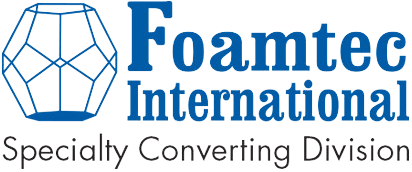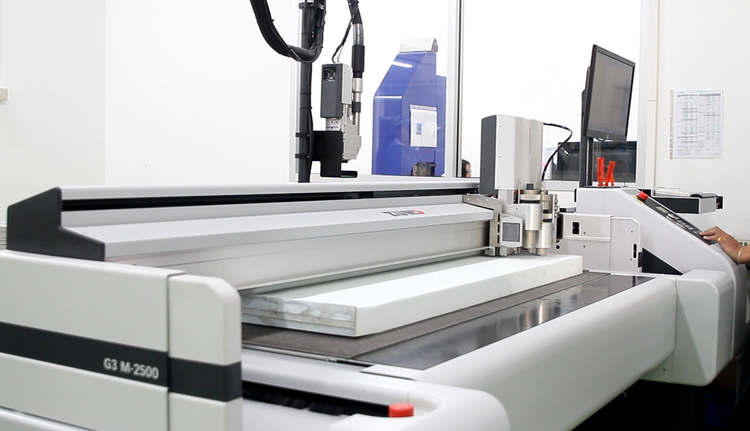LIDAR (Light Detection and Ranging) technology has emerged as a transformative force across diverse industries, ranging from autonomous vehicles and robotics to geospatial mapping and environmental monitoring. Central to the functionality and precision of LIDAR systems are the intricately designed components, many of which are produced using the die-cutting process. In this article, we will delve into the pivotal role that materials and the die-cut process play in LIDAR technology, specifically in creating essential components for LIDAR systems.
Materials for LIDAR Components
LIDAR systems comprise a multitude of components, each serving a unique purpose, and the selection of materials is crucial to their performance. Here are some of the key materials utilized in LIDAR components, many of which are shaped using the die-cut process:
Optical Materials: LIDAR relies heavily on optical components such as lenses, prisms, and mirrors. These components are typically crafted from materials like optical glass and specialized coatings. The die-cutting process is employed to precisely shape and refine these materials to meet stringent optical specifications, ensuring optimal light transmission, reflection, and refraction.
Sealing and Insulating Materials: To safeguard sensitive internal components from external elements such as dust, moisture, and temperature fluctuations, die-cut gaskets and seals are crafted from materials like silicone rubber, neoprene, or foam. These materials possess excellent sealing properties and robust durability, which is vital for the longevity of LIDAR systems.
Vibration-Damping Materials: LIDAR systems are often subjected to vibrations, especially in mobile applications such as autonomous vehicles and drones. Die-cut parts made from vibration-damping materials like viscoelastic polymers or elastomers serve to mitigate the adverse effects of vibrations. They provide stability to sensitive optical components, ensuring consistent and precise measurements.
Thermal Management Materials: The maintenance of stable temperatures within a LIDAR system is paramount for the performance of lasers and detectors. Materials with thermal insulation or conductivity properties, such as thermal interface materials (TIMs), are often die-cut to efficiently manage heat. This ensures that components operate optimally even under varying temperature conditions.
Structural Materials: In larger and more complex LIDAR systems, structural components made from materials like aluminum or carbon fiber composites provide the necessary rigidity and support for optical and electronic components. Die-cutting is employed to shape these structural materials to precise dimensions, allowing for the construction of robust and stable LIDAR systems.
The Die-Cut Process in Producing LIDAR Components
The die-cutting process is a fundamental step in the manufacturing of components for LIDAR systems. Here’s an overview of how it works:
Material Selection: Engineers carefully select materials based on the specific requirements of LIDAR components, considering factors such as optical properties, sealing capabilities, and structural strength.
Design and Specification: Detailed dimensions and specifications for the die-cut parts are established, taking into account the unique functions each component will fulfill within the LIDAR system.
Die-Cutting: Specialized die-cutting machinery is utilized to precisely cut and shape the chosen materials in accordance with the predetermined specifications. This process ensures accuracy, consistency, and repeatability in the production of LIDAR components.
Quality Control: Stringent quality control measures are implemented to verify that the die-cut parts meet the required tolerances, standards, and performance criteria.
Assembly: The die-cut parts are meticulously integrated into the LIDAR system, where they contribute significantly to its overall functionality, precision, and reliability.
Materials and the die-cutting process are foundational elements in the production of components for LIDAR systems. By meticulously selecting appropriate materials and employing precise die-cutting techniques, engineers and manufacturers ensure that LIDAR technology continues to advance and find applications across diverse industries. As LIDAR technology evolves and expands its reach, the die-cutting process remains an indispensable part of shaping a more accurate, interconnected, and technologically advanced world.

